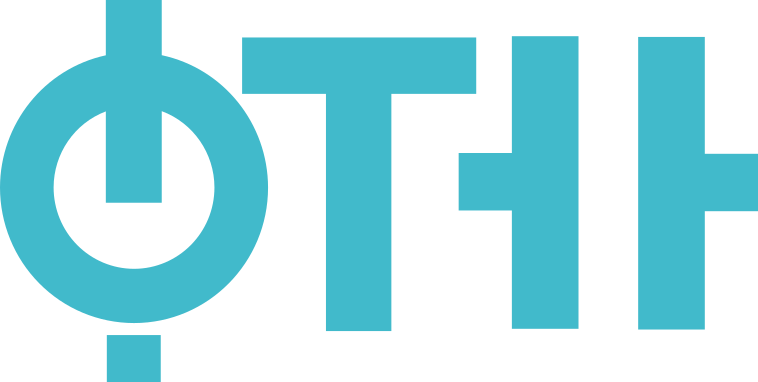Subject: Methods of instrumental analysis in environmental protection (17.Z570A )
Study programmes of the course:
| Type of studies | Title |
|---|---|
| Master Academic Studies | Environmental engineering (Year: 1, Semester: Summer) |
| Category | Scientific-professional |
| Scientific or art field | Environment Protection Engineering |
| ECTS | 5 |
- To provide knowledge to environmental engineering students on instrumental methods for pollutants analysis in the air and water: AAS, UV/VIS, HPLC/DAD, GC/MS - To provide students knowledge on the principles of sample preparation techniques - To develop students skills for sample preparation and appropriate instrumental method usage - To develop knowledge and skills in statistical processing of analytical data - To provide students knowledge on the quality control of pollutant analysis
Students should be able to: - Select and implement the appropriate instrumental method of pollutants analysis in the air and water - Select and use the appropriate sample preparation technique - Evaluate analytical results by one of the statistical softwares (eg Excel), - Make written report on the analytical results - Implement the quality control of the obtained analytical results
Methodology in instrumental analysis and quality control. Organization and functioning of the reference and accredited laboratories. Methods of air and water sampling and extraction of inorganic and organic pollutants. Determination of inorganic pollutants in the air and water by atomic absorption spectroscopy (AAS) and ultraviolet - visible spectroscopy (UV/VIS). Gravimetric methods for the determination of suspended particulate matter (PM) in the air. Identification of organic pollutants by gas chromatography (GC) and liquid chromatography (HPLC) with different detectors and a combined method of gas chromatography and mass spectrometry (GC/MS). Interpretation and statistical analysis of measurement results and comparing the results with national and European regulations in environmental protection. The subject consists of experimental laboratory exercises that follow the theoretical fundamentals. Student independently presents the results of the exercises in the form of a report. Laboratory exercises: Determination of metal cations in water samples by atomic absorption spectrometry. Determination of ozone, ammonia, nitrogen and sulfur oxides in air samples using ultraviolet - visible spectroscopy. Determination of ammonia, nitrate, nitrite and phosphorus concentrations in water samples using ultraviolet - visible spectroscopy. Identification of organic pollutants by GC-MS. Identification of organic pollutants by liquid chromatography (HPLC-DAD) by remote work in the Laboratory via the web: WARIAL. Statistical analysis of the results and writing laboratory reports.
Lectures, interactive sessions, consultations and experimental laboratory exercises. During the semester, students are required to attend lectures and exercises, and to present experimental results of laboratory exercises in the form of reports. After successfully completed pre-exam requirements, students take to the final exam consisting of two parts: written and oral. The written exam can be taken in the form of two tests.
| Authors | Title | Year | Publisher | Language |
|---|---|---|---|---|
| 2007 | English | |||
| 2010 | English | |||
| 2007 | English |
| Course activity | Pre-examination | Obligations | Number of points |
|---|---|---|---|
| Laboratory exercise defence | Yes | Yes | 20.00 |
| Oral part of the exam | No | Yes | 30.00 |
| Written part of the exam - tasks and theory | No | Yes | 40.00 |
| Laboratory exercise attendance | Yes | Yes | 5.00 |
| Lecture attendance | Yes | Yes | 5.00 |
Assoc. Prof. Mihajlović Ivana
Associate Professor
Lectures
Assoc. Prof. Petrović Maja
Associate Professor
Lectures
Assistant with PhD Novaković Mladenka
Assistant with PhD
Laboratory classes

Science Associate Obrovski Boris
Science Associate
Laboratory classes

Research Associate Dmitrašinović Sonja
Research Associate
Laboratory classes
Faculty of Technical Sciences

© 2024. Faculty of Technical Sciences.
Contact:
Address: Trg Dositeja Obradovića 6, 21102 Novi Sad
© 2024. Faculty of Technical Sciences.



